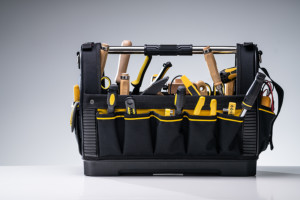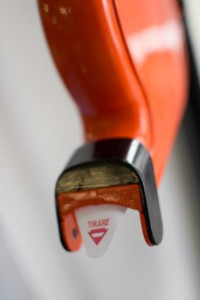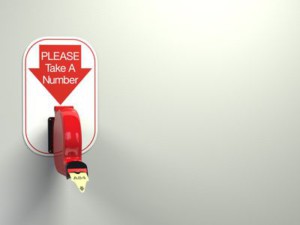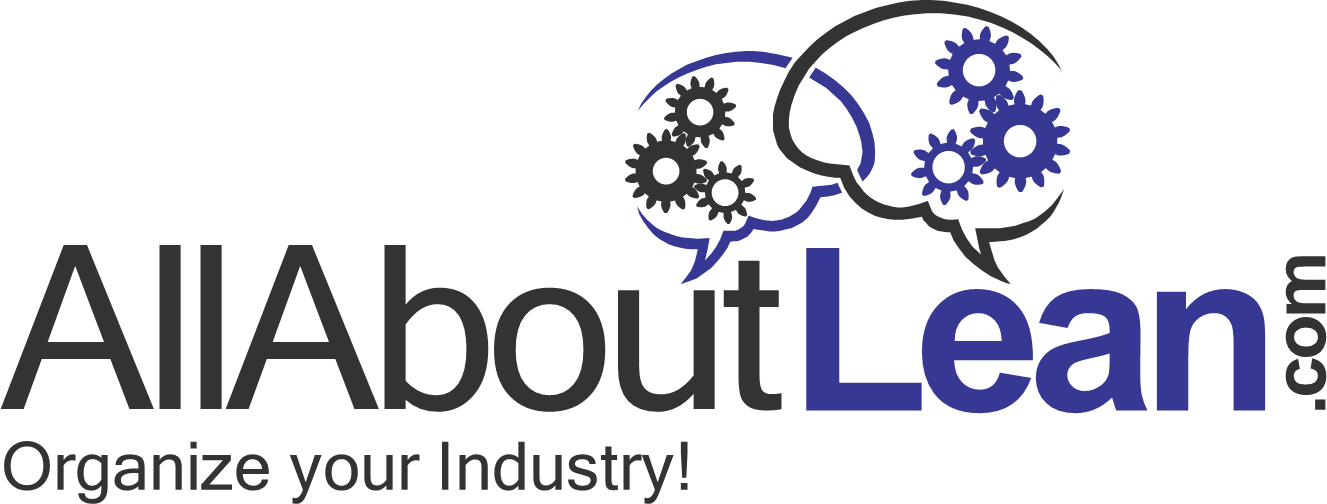 On the web and in print, you find frequent mention of a “lean toolbox,” “lean toolbook,” or similar. These books do have their use, and at least one of them is written by an author that I highly respect. Many other lean books also focus on the different tools and methods. But focusing on a set of tools can also be quite misleading. Hence, I wrote this blog post as a word of warning. Every master needs their tools, but the tools do not make a master!
On the web and in print, you find frequent mention of a “lean toolbox,” “lean toolbook,” or similar. These books do have their use, and at least one of them is written by an author that I highly respect. Many other lean books also focus on the different tools and methods. But focusing on a set of tools can also be quite misleading. Hence, I wrote this blog post as a word of warning. Every master needs their tools, but the tools do not make a master!
Lean Tools
Point-of-Use Provider Routing

This is my last post of a series of three posts on point-of-use providers (also known as mizusumashi, water strider, or water spider). In this post I will go into much more detail on the routing of the point-of-use provider. A less-busy point-of-use provider can handle multiple lines. Similarly, very busy lines may have multiple point-of-use providers. Here I will show you some more details on these possibilities.
Point-of-Use Provider Calculations
 In this second post of my series on point-of-use providers (also known as Mizusumashi, water strider, or water spider), I will discuss the calculation of the workload for the point-of-use provider … although calculation is a way-too-big word for what is, in practice, guesswork with limited data of low quality. However, I hope it helps you with planning your point-of-use providers.
In this second post of my series on point-of-use providers (also known as Mizusumashi, water strider, or water spider), I will discuss the calculation of the workload for the point-of-use provider … although calculation is a way-too-big word for what is, in practice, guesswork with limited data of low quality. However, I hope it helps you with planning your point-of-use providers.
Introduction to Point-of-Use Providers (or Mizusumashi)
 The point-of-use provider, also known as Mizusumashi, water strider, or water spider, is a worker that supplies material to the point of use. Similar to a waiter bringing food and drinks (and beer 🙂 ) to the customer, the point-of-use provider brings material to the workers. The latter, however, merely refills materials rather than custom orders. This point-of-use provider fulfills an important role between the inventory and the final point of use. Let me give you the details:
The point-of-use provider, also known as Mizusumashi, water strider, or water spider, is a worker that supplies material to the point of use. Similar to a waiter bringing food and drinks (and beer 🙂 ) to the customer, the point-of-use provider brings material to the workers. The latter, however, merely refills materials rather than custom orders. This point-of-use provider fulfills an important role between the inventory and the final point of use. Let me give you the details:
All About 5 Why
Just in Sequence Part 3 – What Can Go Wrong
 This third and last post on Just in Sequence details all the things that can go wrong, and talks about how to fix them. The biggest problem is if the sequence of your Just in Sequence part does not match the main component that it should be sequenced to. This happens especially due to defects and rework. I also describe common options to deal with these problems – but be warned: all of them suck. As usual in lean, it is so much easier not to have problems in the first place than it is to deal with them afterward.
This third and last post on Just in Sequence details all the things that can go wrong, and talks about how to fix them. The biggest problem is if the sequence of your Just in Sequence part does not match the main component that it should be sequenced to. This happens especially due to defects and rework. I also describe common options to deal with these problems – but be warned: all of them suck. As usual in lean, it is so much easier not to have problems in the first place than it is to deal with them afterward.
Just in Sequence Part 2 – How to Do It
 In this second post on Just in Sequence, I would like to talk about some details on the actual sequencing of parts: when to use Just in Sequence in the first place, which parts to sequence, and how to define the sequence. These are all organizational details to make Just in Sequence work. In my next and last post of this series, I will describe how to handle problems with parts being out of sequence.
In this second post on Just in Sequence, I would like to talk about some details on the actual sequencing of parts: when to use Just in Sequence in the first place, which parts to sequence, and how to define the sequence. These are all organizational details to make Just in Sequence work. In my next and last post of this series, I will describe how to handle problems with parts being out of sequence.
Just in Sequence Part 1 – What Is It?
 “Just in Sequence” (JIS) is a good way to supply material to high-mix, low-volume production. It combines well with “Just in Time” (JIT) and “Ship to Line” (STL), but neither are a prerequisite for Just in Sequence. In automotive it is sometimes also called In Line Vehicle Sequence (ILVS). In this series of posts I would like to talk about what Just in Sequence is, how it works, and what to be aware of. This first post details the basics of Just in Sequence production.
“Just in Sequence” (JIS) is a good way to supply material to high-mix, low-volume production. It combines well with “Just in Time” (JIT) and “Ship to Line” (STL), but neither are a prerequisite for Just in Sequence. In automotive it is sometimes also called In Line Vehicle Sequence (ILVS). In this series of posts I would like to talk about what Just in Sequence is, how it works, and what to be aware of. This first post details the basics of Just in Sequence production.

